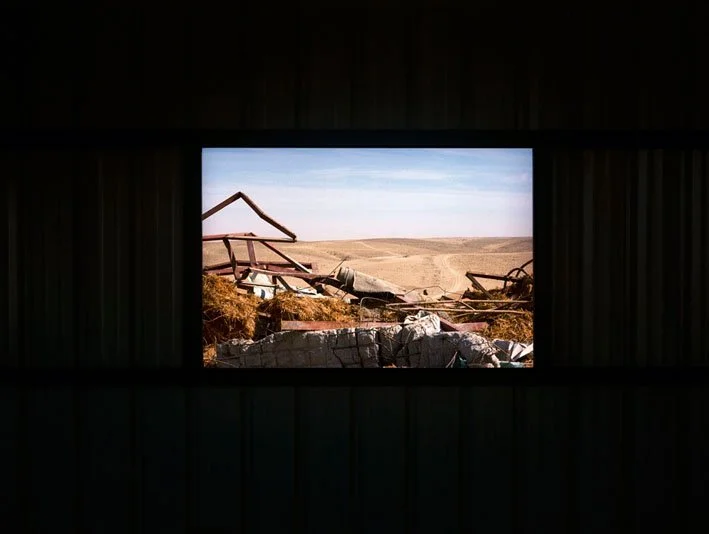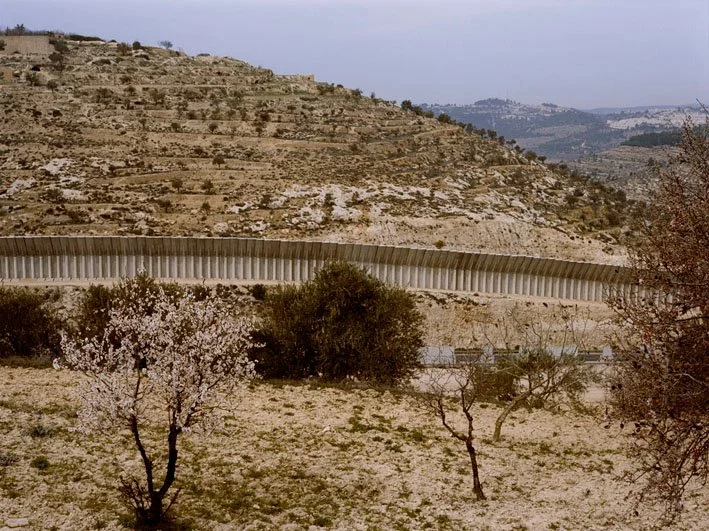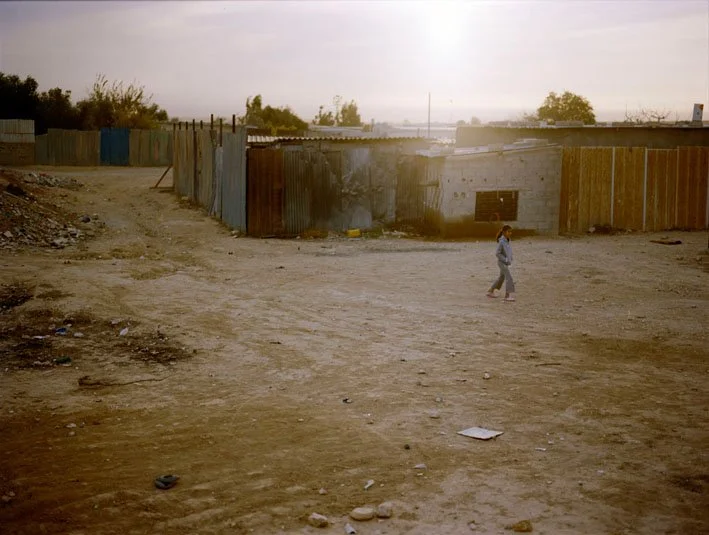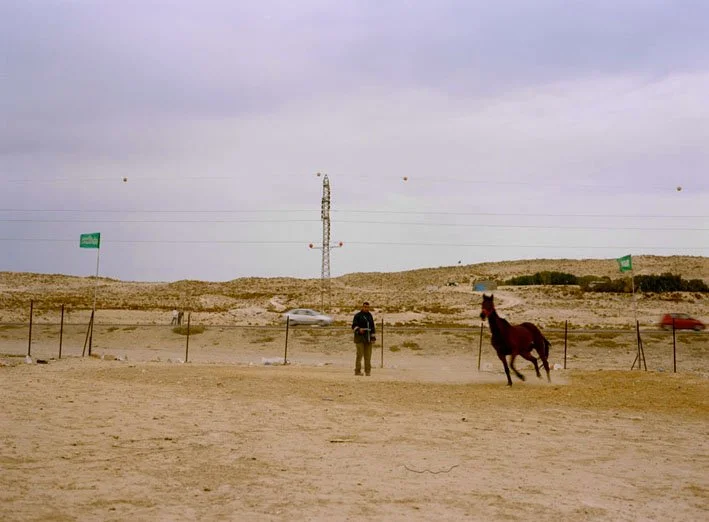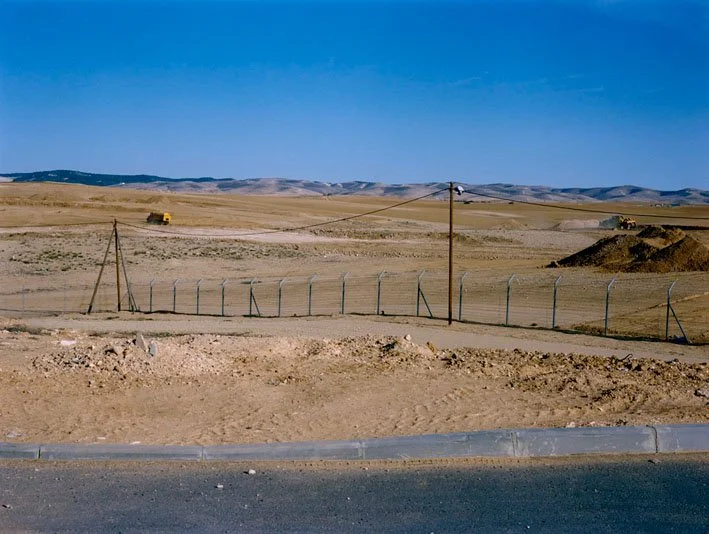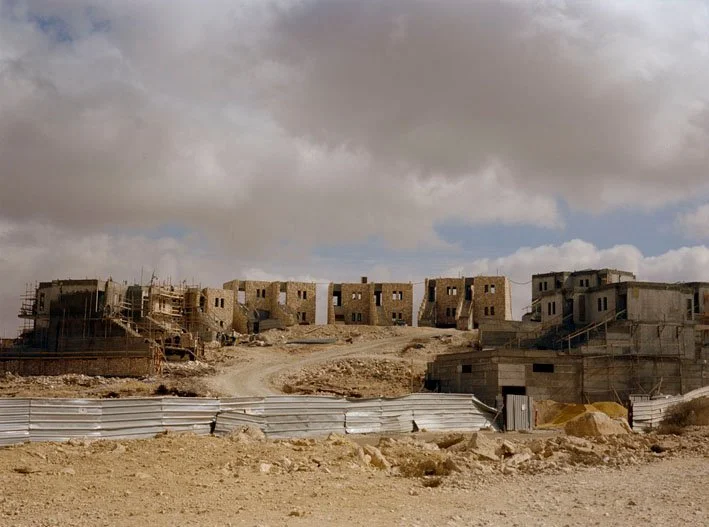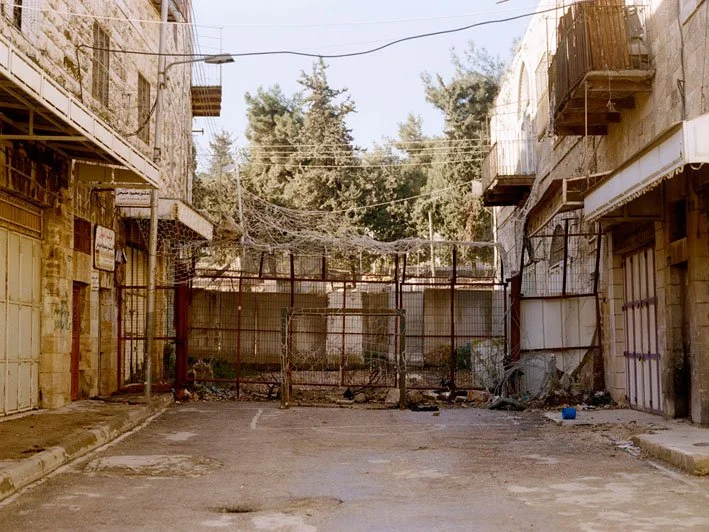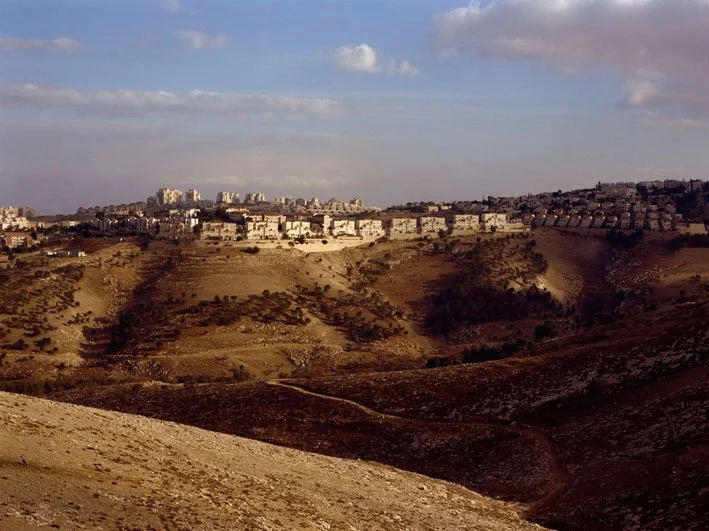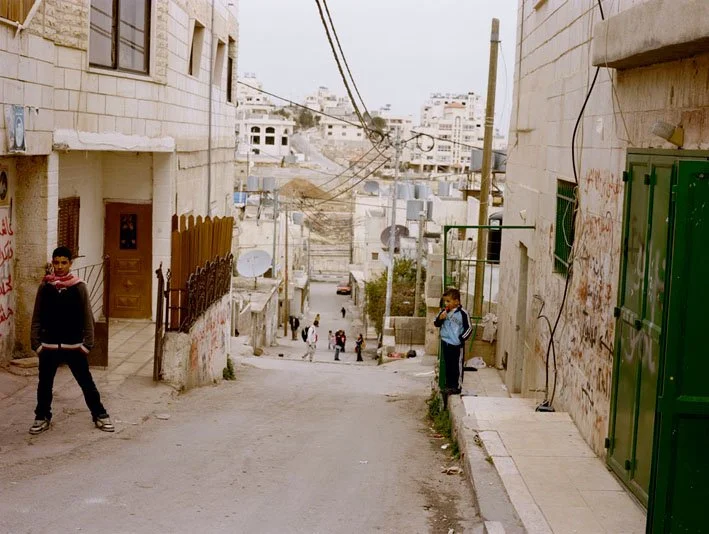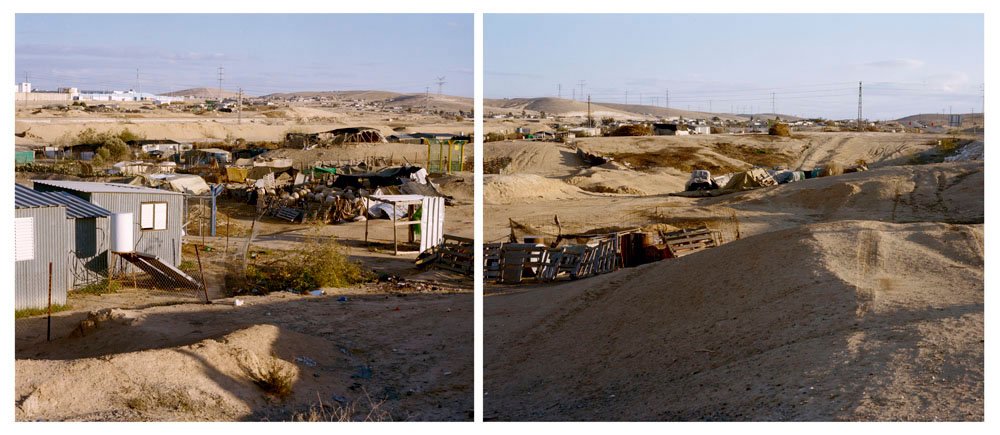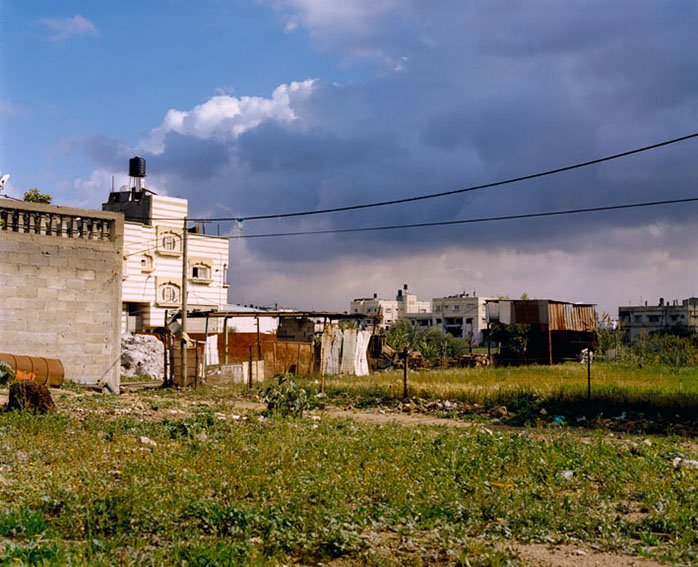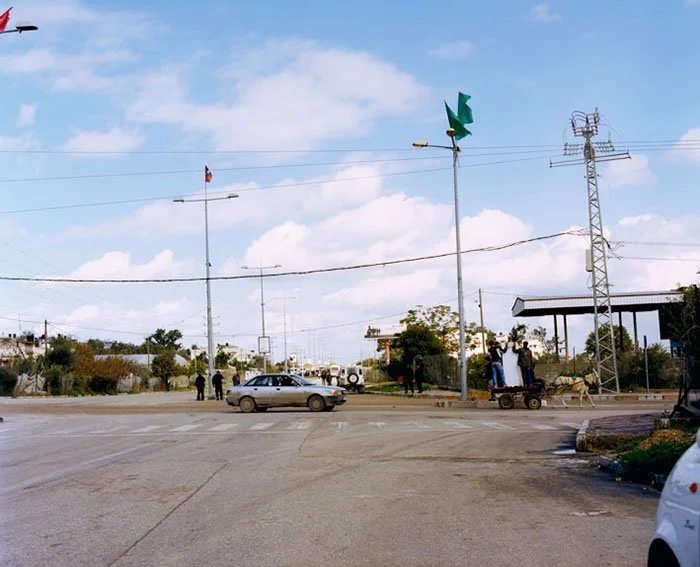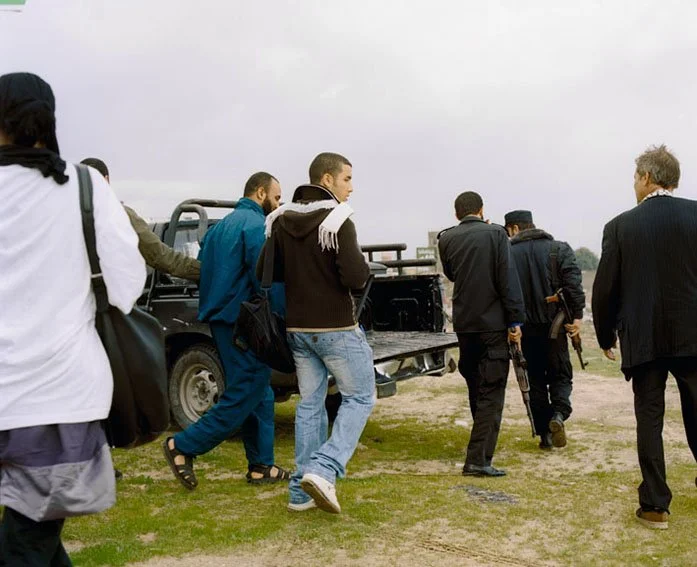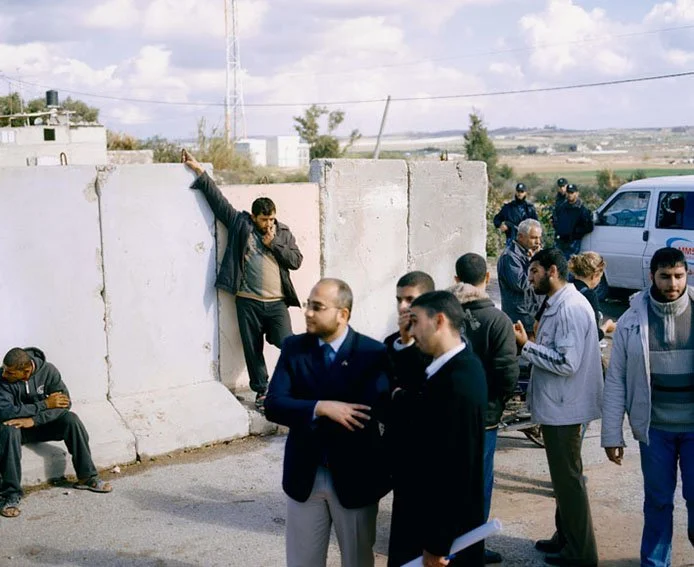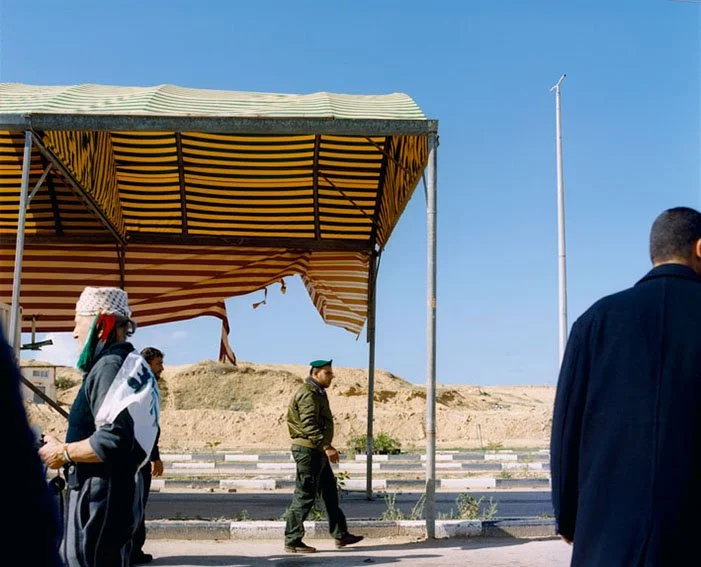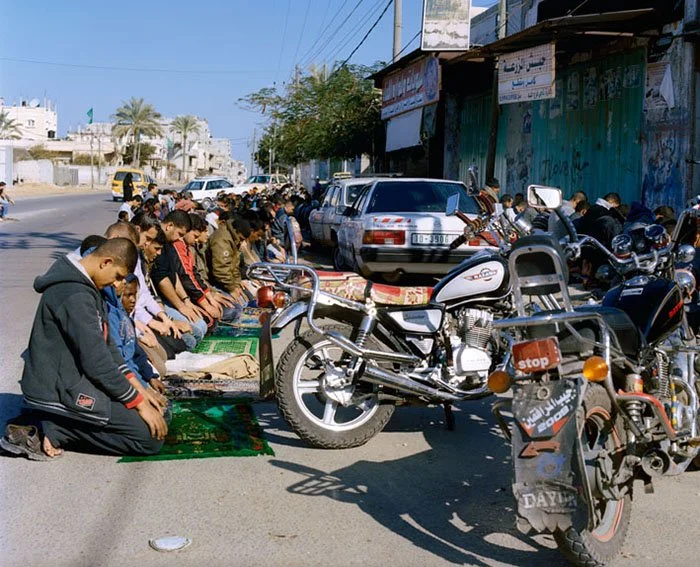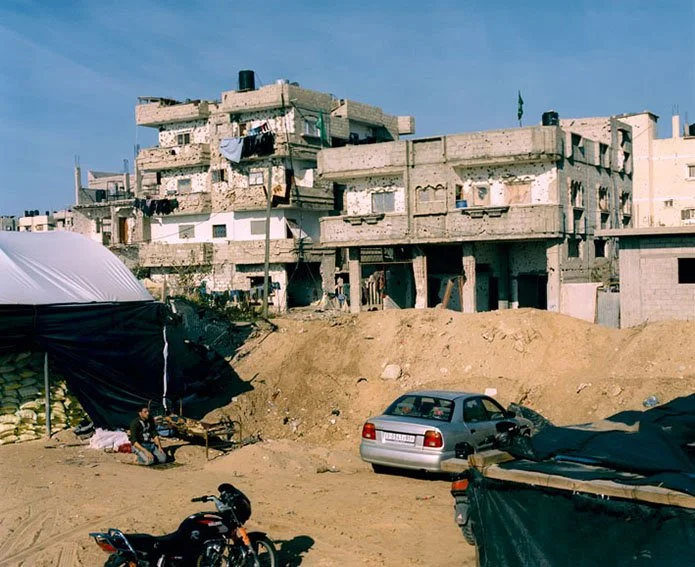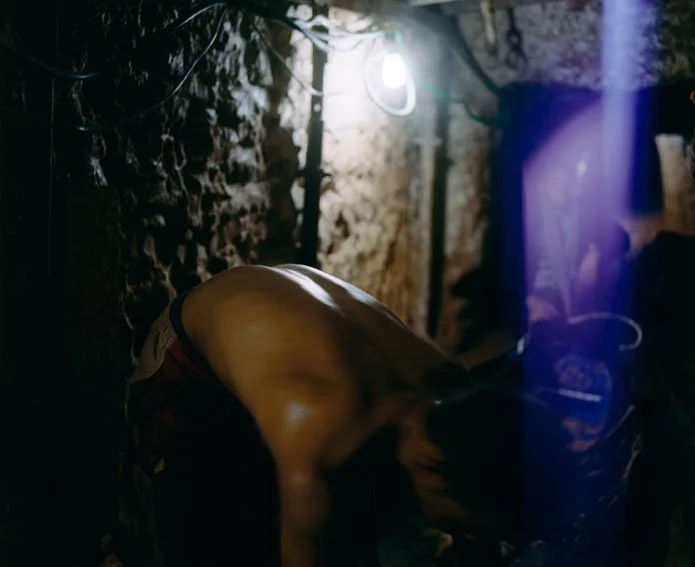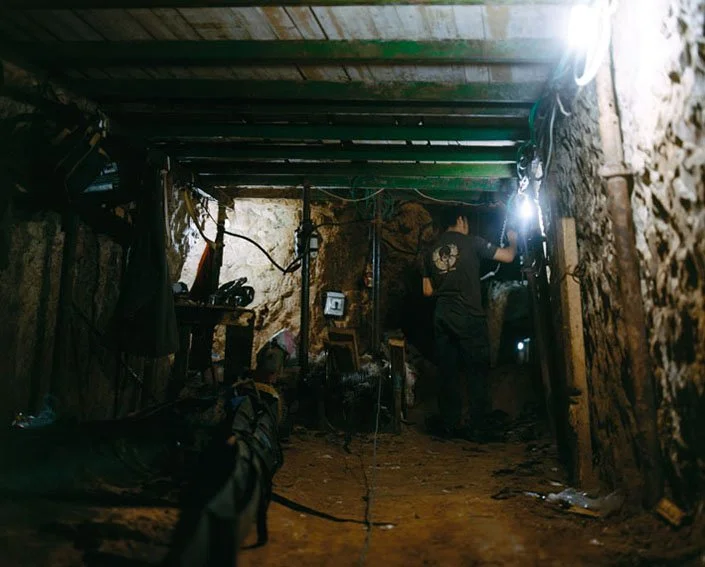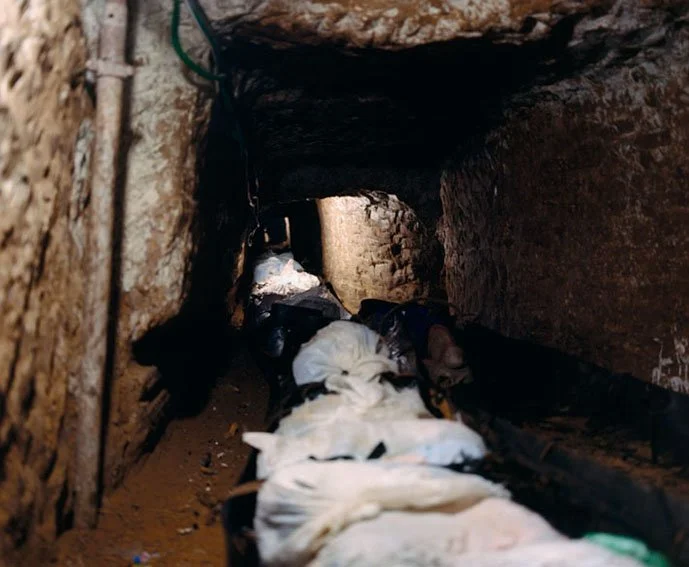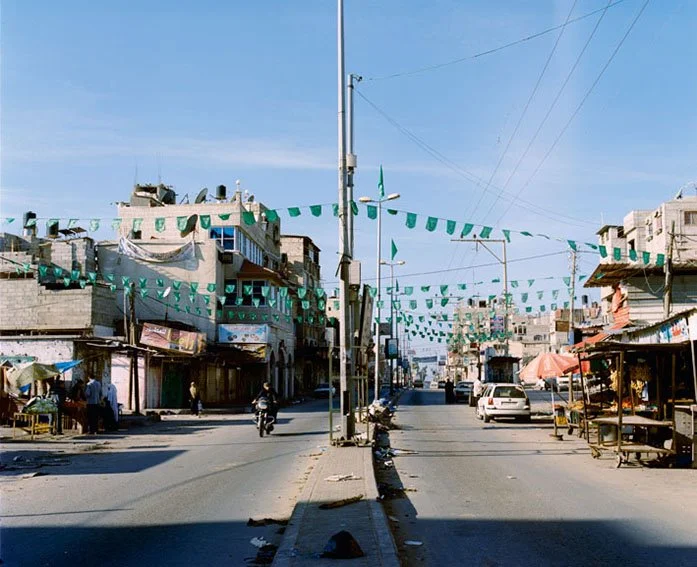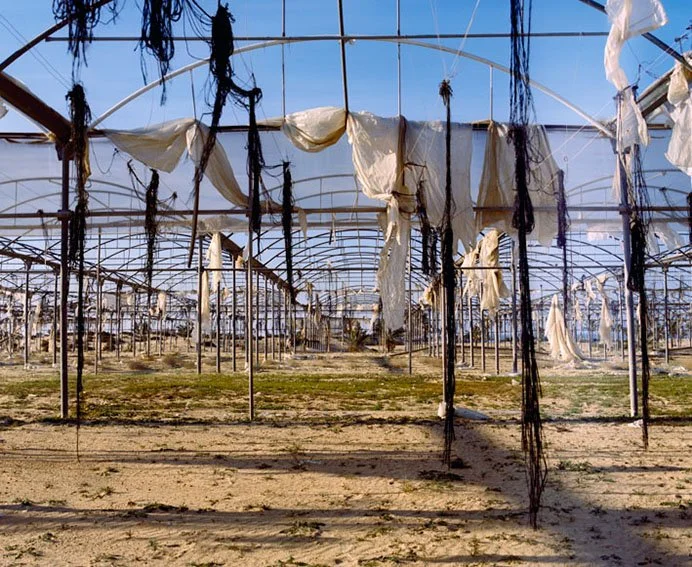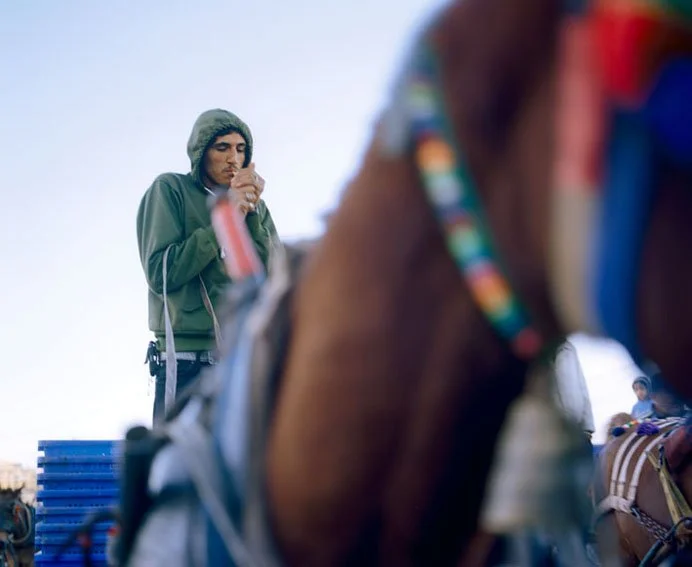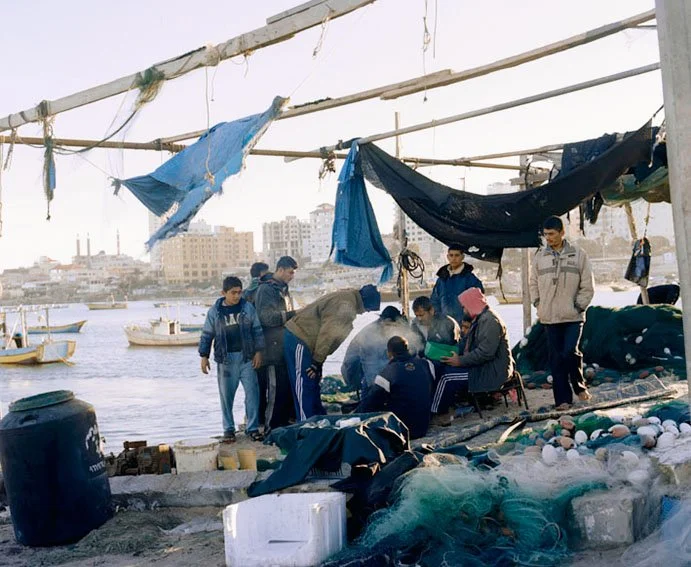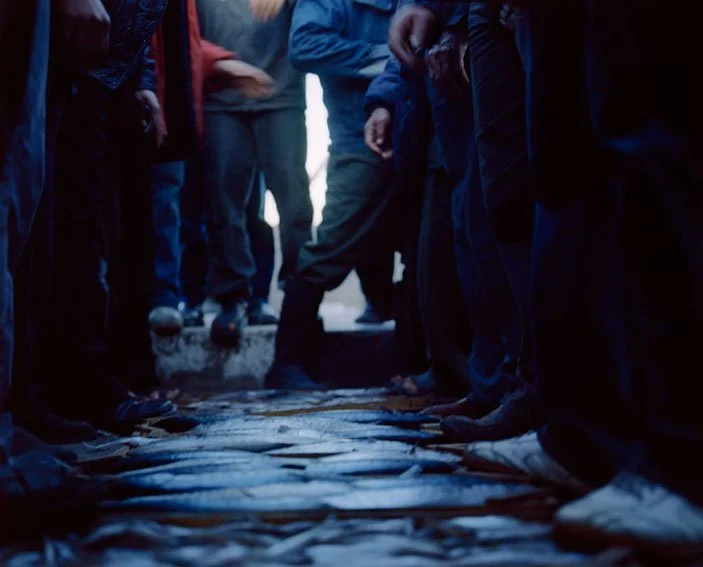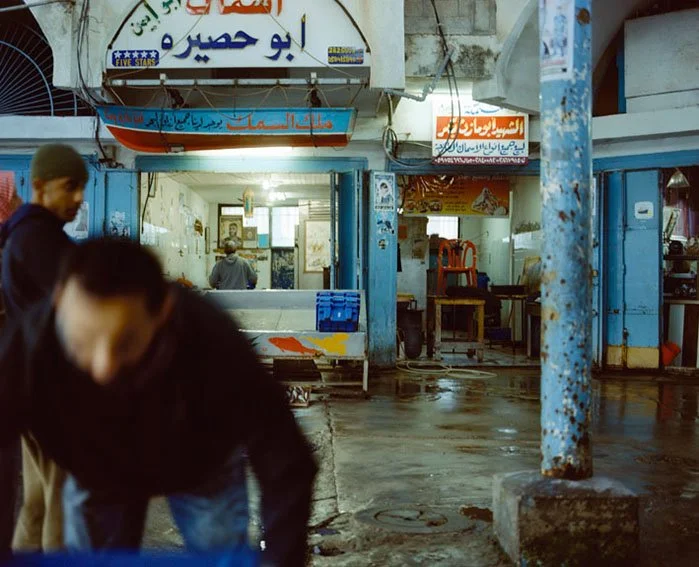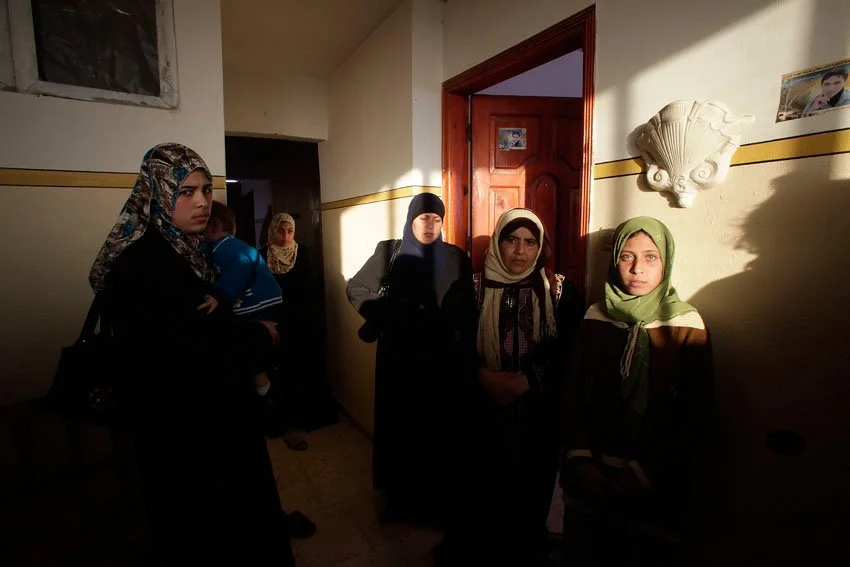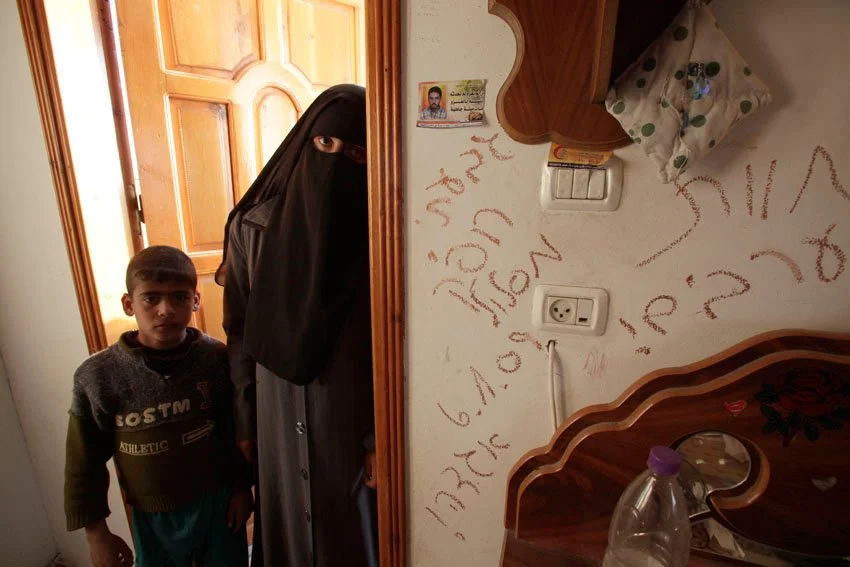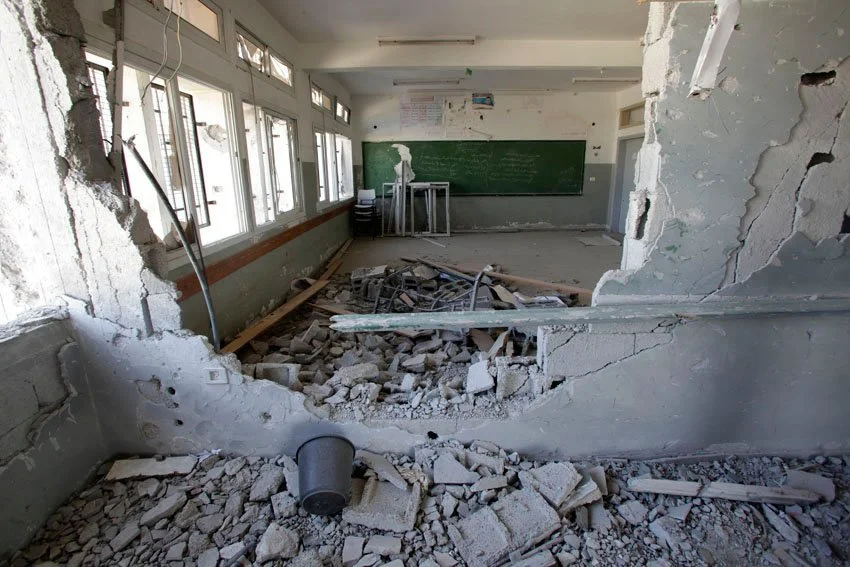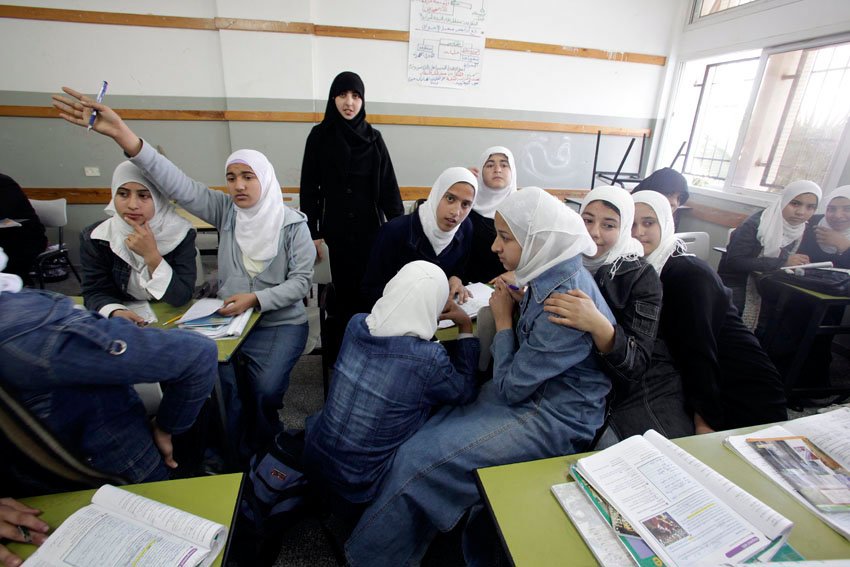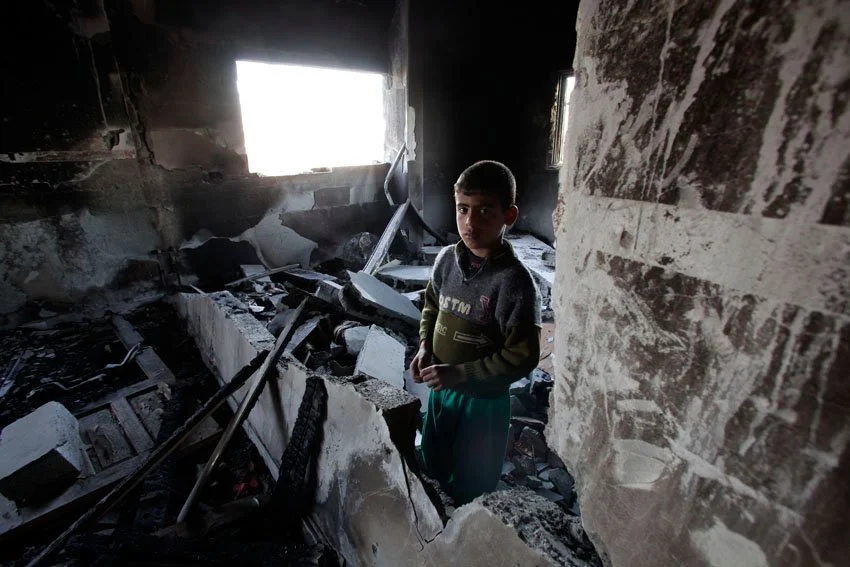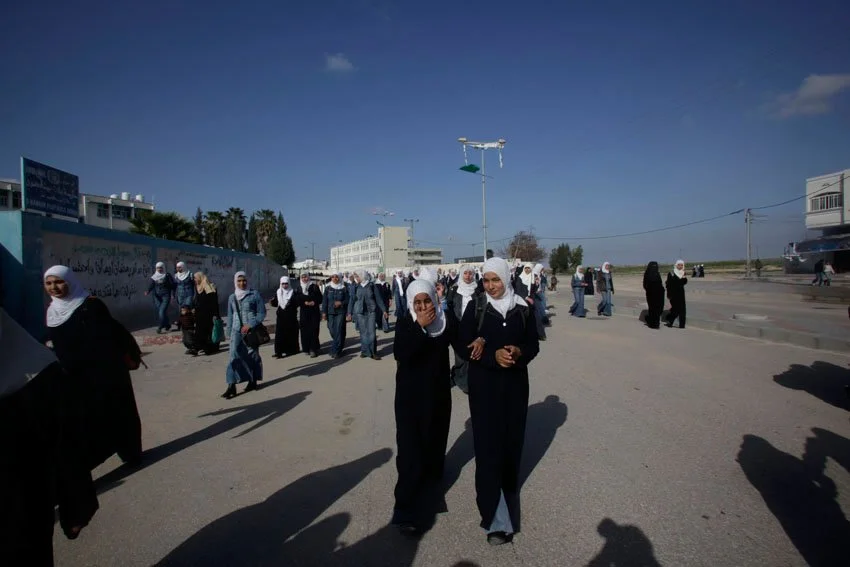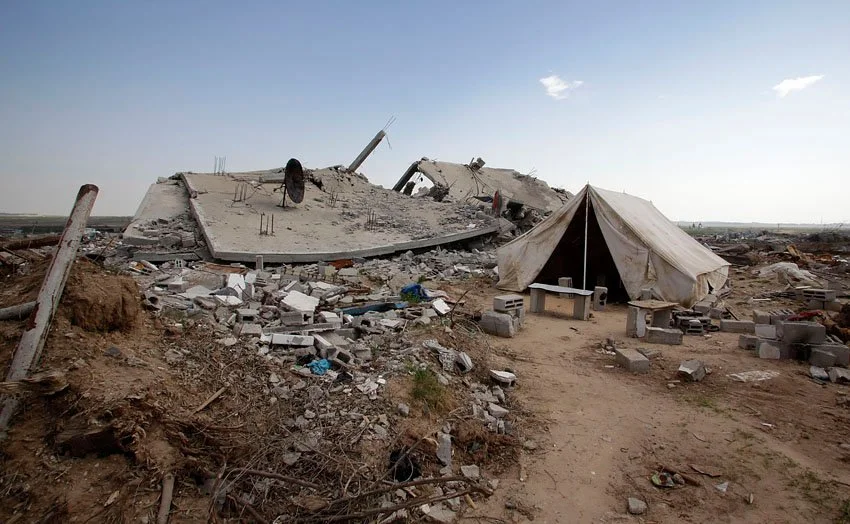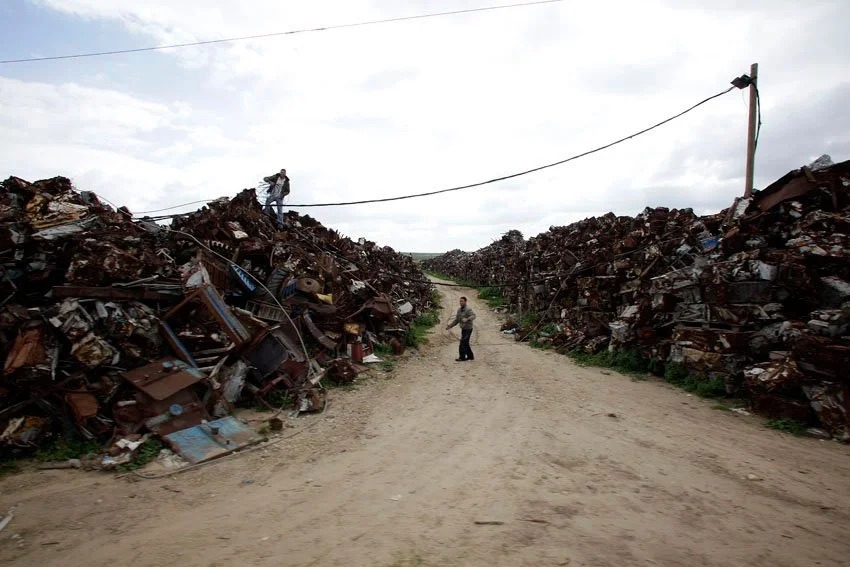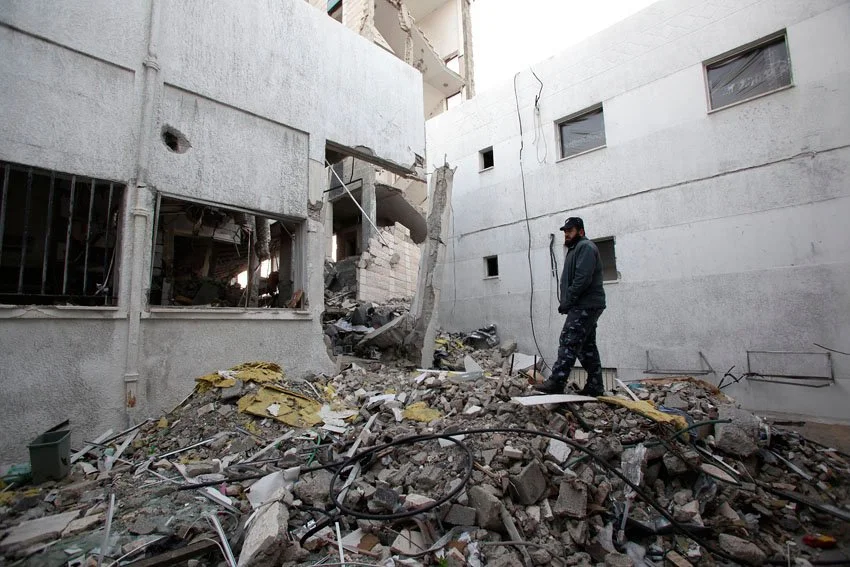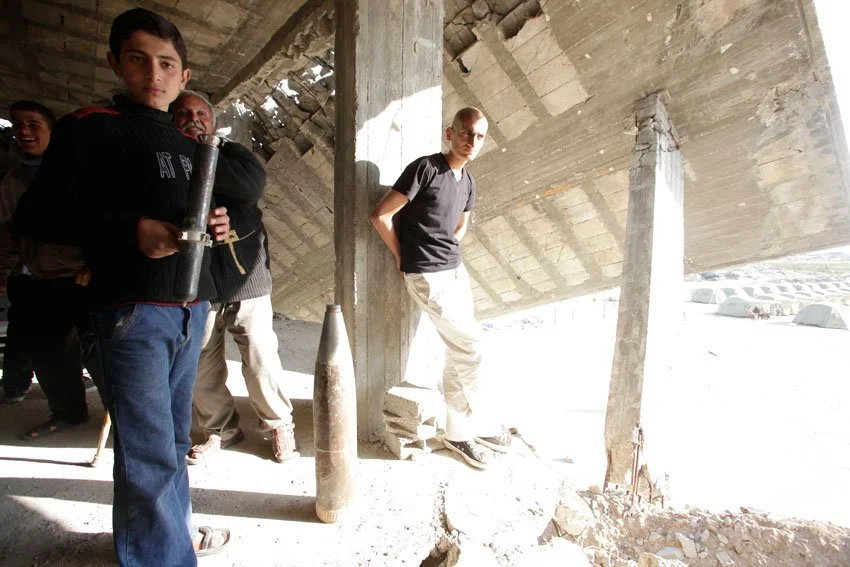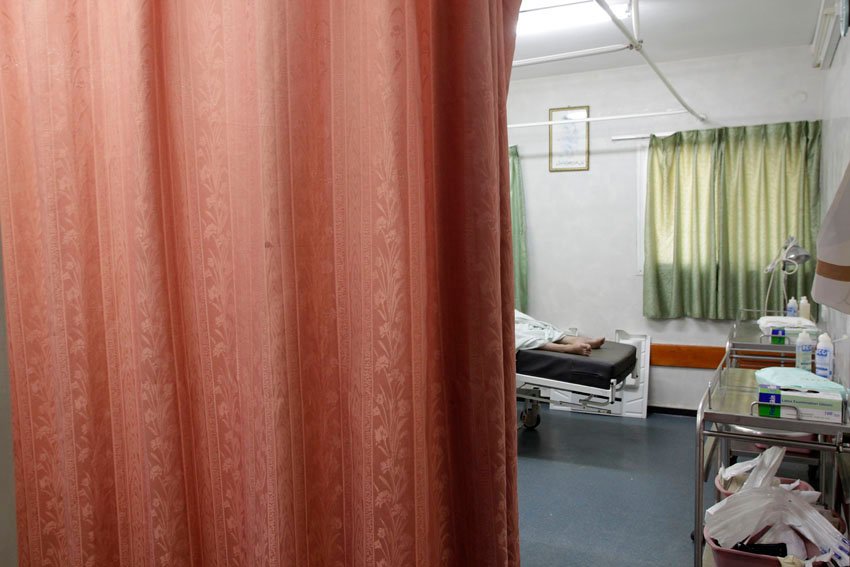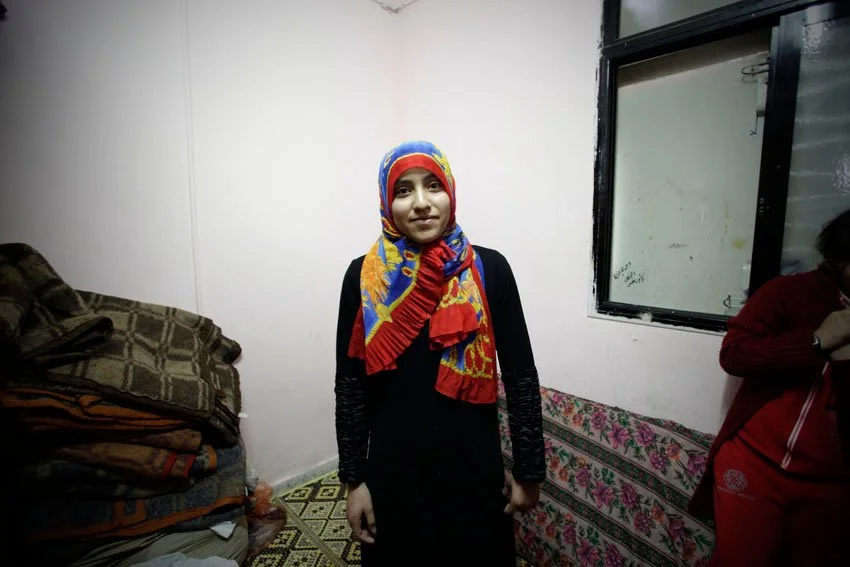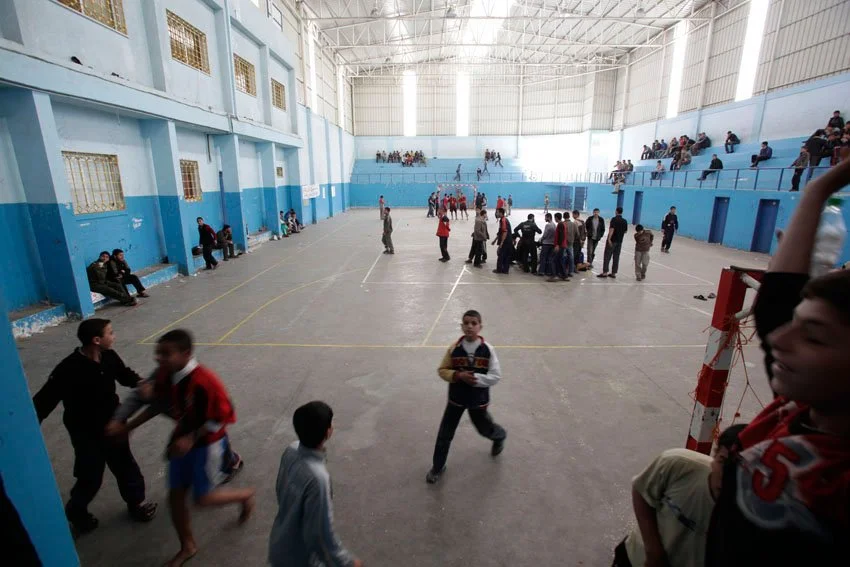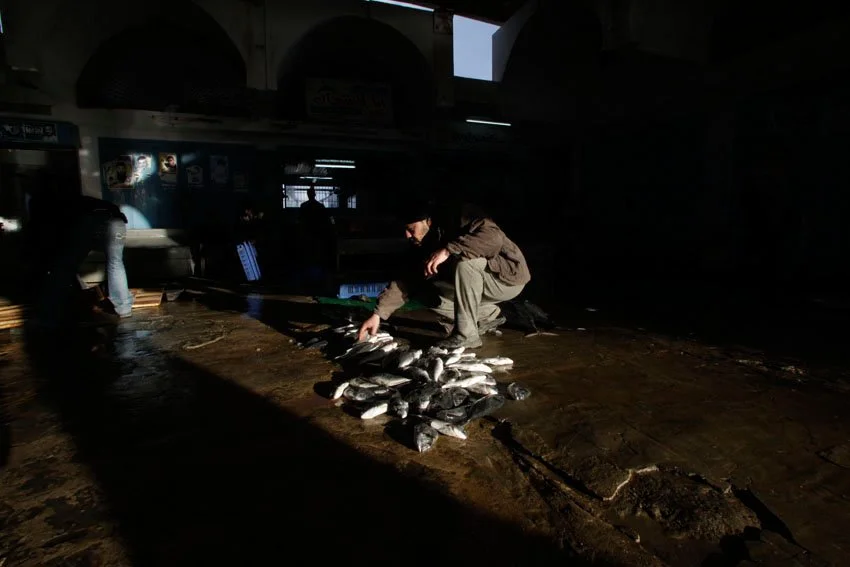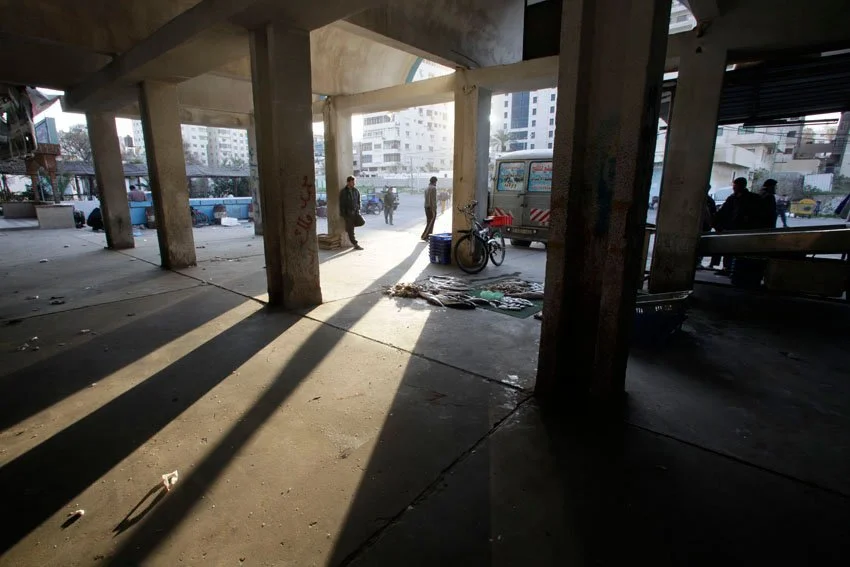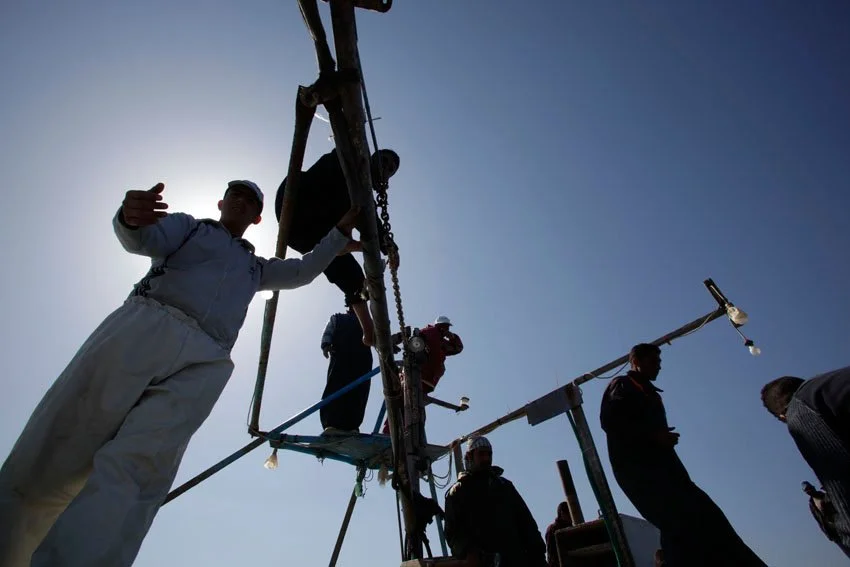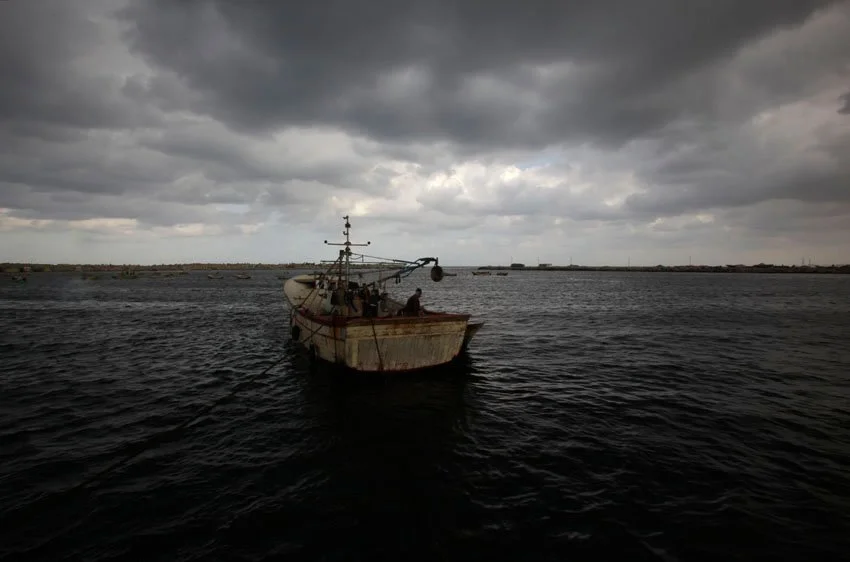
The Sound of Jets
2008 - 2010
In The One-State Condition: Occupation and Democracy in Israel/Palestine (2012), theorists Ariella Aisha Azoulay and Adi Ophir describe to two different modes of violence which are at play in the Israeli-Palestinian landscape: explosive and restrained. Explosive violence “can be an outburst, a bomb or something, or it can be insinuated and harm traces somewhere. […] The most restrained form of violence doesn’t explode, it’s the violence of the checkpoint, the roads, [the settlements], it’s the daily violence of the presence, the display of forces throughout the territories that works through the organisation of space… And it’s this kind of violence which disturbs, destroys and interferes, that rules the life of the population, in different ways than the exploding violence.”
In late 2008 I was invited to Palestine & Israel as an artist and documentary photographer to work on a project with another artist there. Soon after I arrived, Operation Cast Lead—the 23-day Israeli-offensive on the Gaza Strip, which killed 1,419 Palestinians, including 318 children, and thirteen Israelis, three of whom were civilians—began. As a then twenty-two year old, I was just learning about the history and complexity of the land I was now on, and, as a result, the work I made was as an outsider and as a witness to the very modes of violence that Azoulay and Ophir describe. I travelled across Israel and Palestine, firstly working with and interviewing Arab-Bedouin communities in the Naqab-Negev Desert, then travelling with Code Pink, to The Gaza Strip in the aftermath of Operation Cast Lead.
The work I made during my time there utilised different documentary approaches and included sound and video recordings, journal writings, interviews, as well as traditional photojournalism.
You can read some of my writing, archived here.
